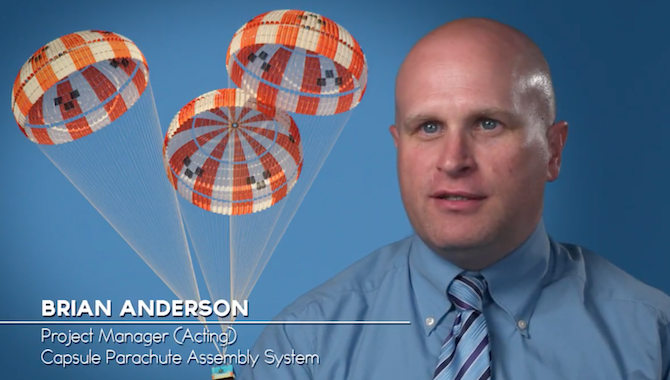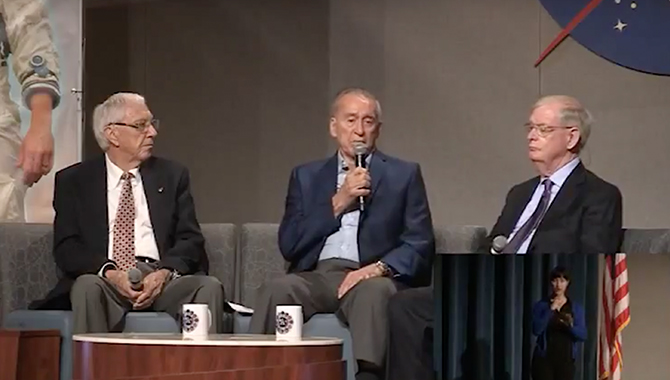The X-31 was an international flight research program that involved collaboration from NASA, U.S. Air Force, Defense Advanced Research Projects Agency, U.S. Navy, Deutsche Aerospace, German Federal Ministry of Defense, and Rockwell International during the late 1980s and early 1990s.
The program’s objective was to study the utility of a thrust-vectored aircraft using an advanced flight control system. The program often flew multiple test flights in a single day and was extremely effective. The X-31 had a great safety record during its testing until a disaster struck on January 19, 1995, which caused a pilot ejection and loss of a plane.
The video above delivers an example of how a series of actions took place to create the conditions that put the X-31 into a dangerous situation. The X-31 flight-testing team was made up of experts from multiple disciplines conducting what they thought was a routine test flight.
The video is full of valuable lessons for any project team to review. It does a great job of explaining how important communication is to the success of any project. A few of the lessons from the video are below.
-
- 1.
Teams should communicate important information to key members that need it for crucial decisions.. The X-31 accident had a couple of miscommunication issues such as a pilot not understanding that the pitot tube he was using to measure the plane’s airspeed was unheated. The control team talked to each other about the pitot tube not being heated, but they did not relay that vital information to the pilot for several minutes and did not state the issue as strongly as they should have.
- 2.
The chase pilot needs to have the ability to listen to all of the discussion between test pilot and the flight control room. The chase pilot can verify the plane’s performance and condition.
- 3.
The control room needs to have discipline to only communicate over their headsets. Side discussion in the control room should also have taken place over the electronic communication system going to the pilot and chase pilot to give them all of the vital information. There were key discussions between control room members where they moved their headset microphones off to the side and had discussions with members next to them.
- 4.
The team needs to understand set procedures. Once it was understood that the airspeed data was incorrect, there were opportunities to use an alternate reversionary mode, which would have allowed the pilot to safely land the plane. This should have been stressed to the entire team, and the reversionary modes should have been used more during the test flights.
- 5.
Team members and experts need to make sure communication is open so that any concerns are strongly raised. A few people on the X-31 team understood that the flight control software could not detect every system failure, but they didn’t voice their concerns.
- 6.
People involved in experimental flight research should study all experimental flight mishaps in the past 20 to 30 years. Contributing factors of the mishaps always seem to be the same, and this knowledge can help to avoid mishaps.
- 7.
New team members should have the same understanding of the risks involved with the program as the original designers and team members had.
- 8.
Important communications need to be read and understood. It is necessary to verify that the entire team understands pertinent information. The fact that the pitot tube was not connected to heat was put into notices that were sent throughout the X-31 team, but it was not verified that everyone got the message.
- 9.
Teams need to beware of complacency. The X-31 team had great success for five years without a problem. After long periods of success, a team may not respond the way it should to perceived smaller problems that come up.
- 10.
Teams need to take any discrepancy seriously, and halt and take a look at what is going on and gain an understanding.
- 11.
A project team should create an environment that allows people who have concerns to be able to voice them without fear of consequences
- 12.
Project team members need to have vigilance and never relax until the mission or flight is completely over. It is imperative to not relax at any time during the mission.
- 1.
Related Resources
NASA APPEL Case Study on Dissenting Opinion – Launching New Horizons: The RP-1 Tank Decision
NASA ASK Magazine Article: 7120.5D Dissenting Opinion Process
Video: NASA Organizational Silence Panel Discussion
NASA Safety Center System Failure Case Studies
NASA Case Studies on Communication









